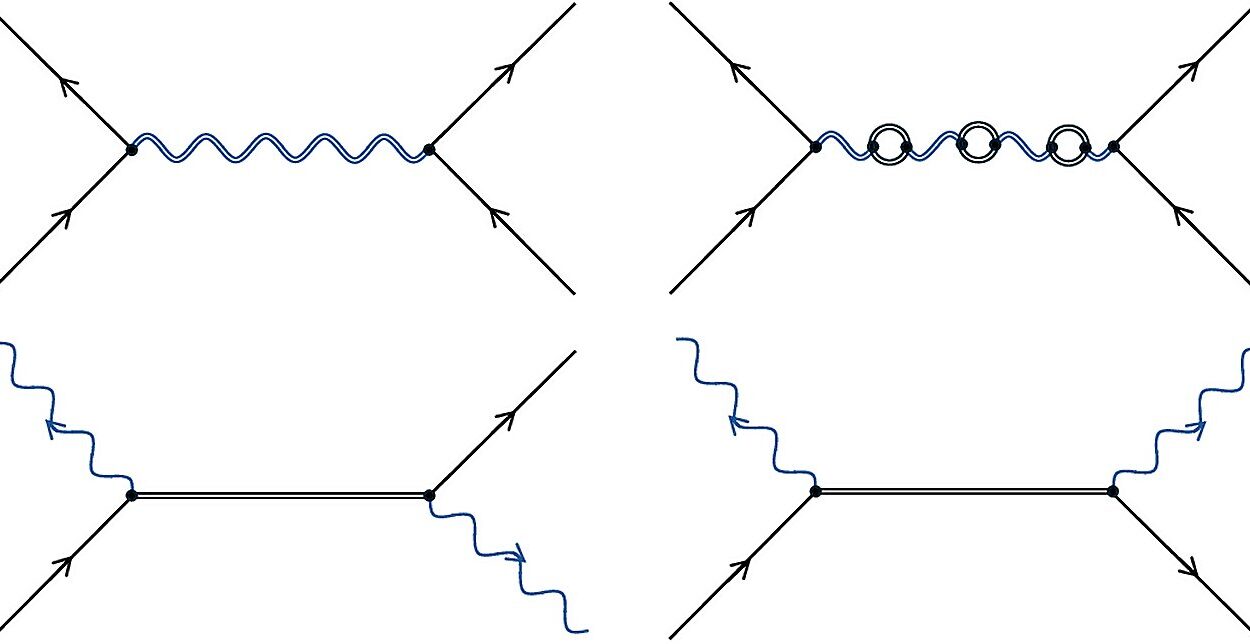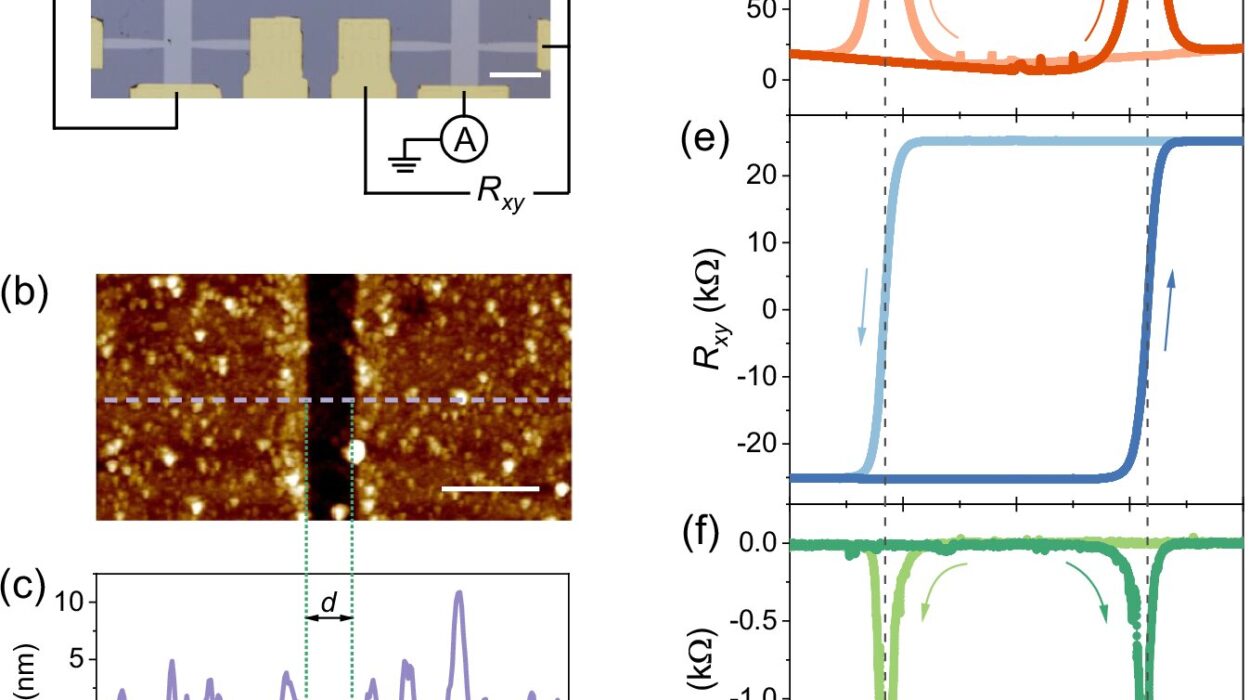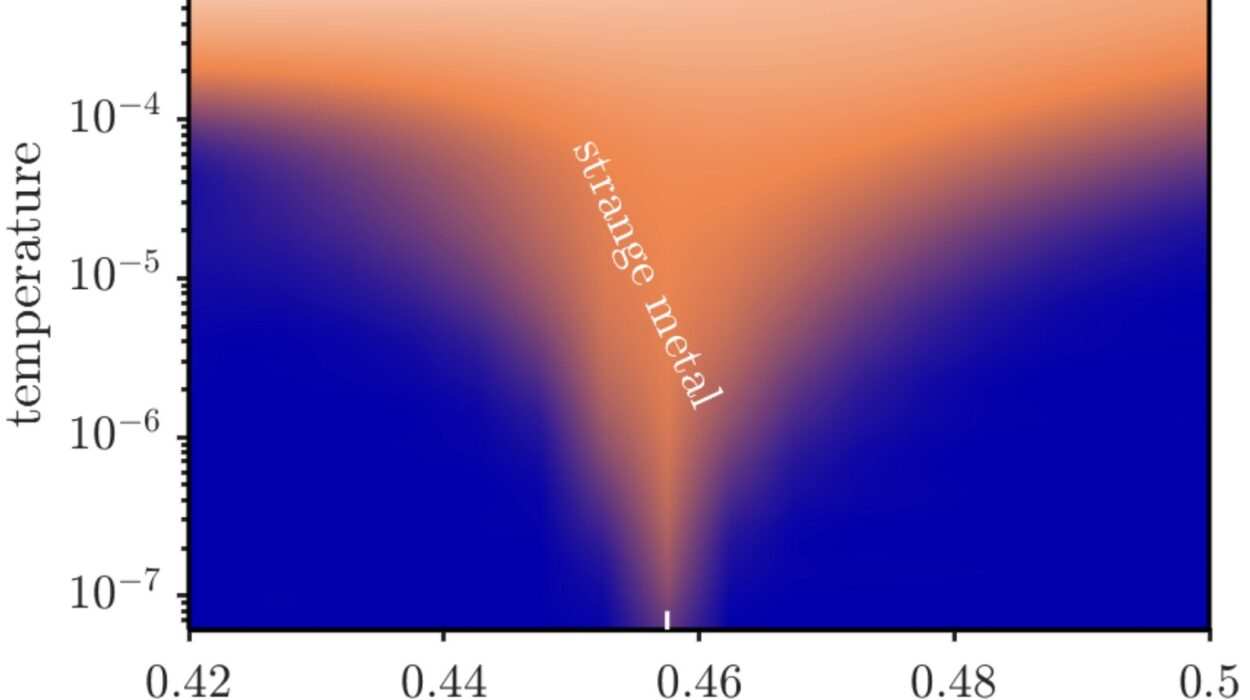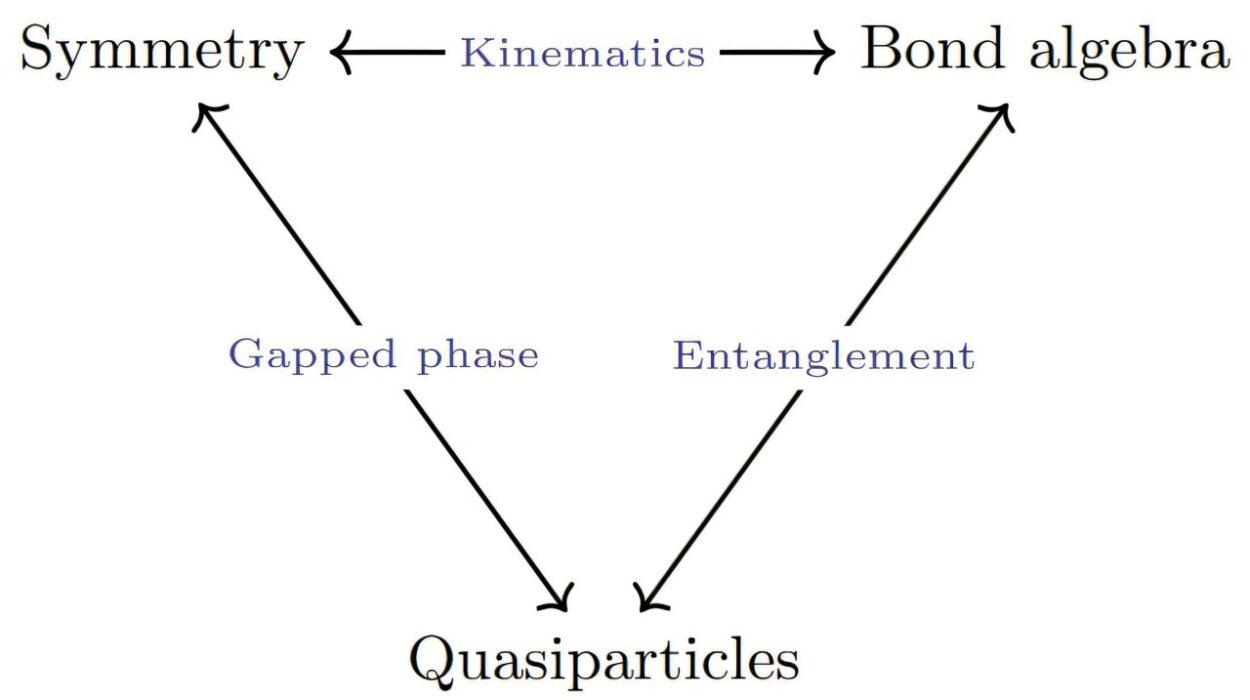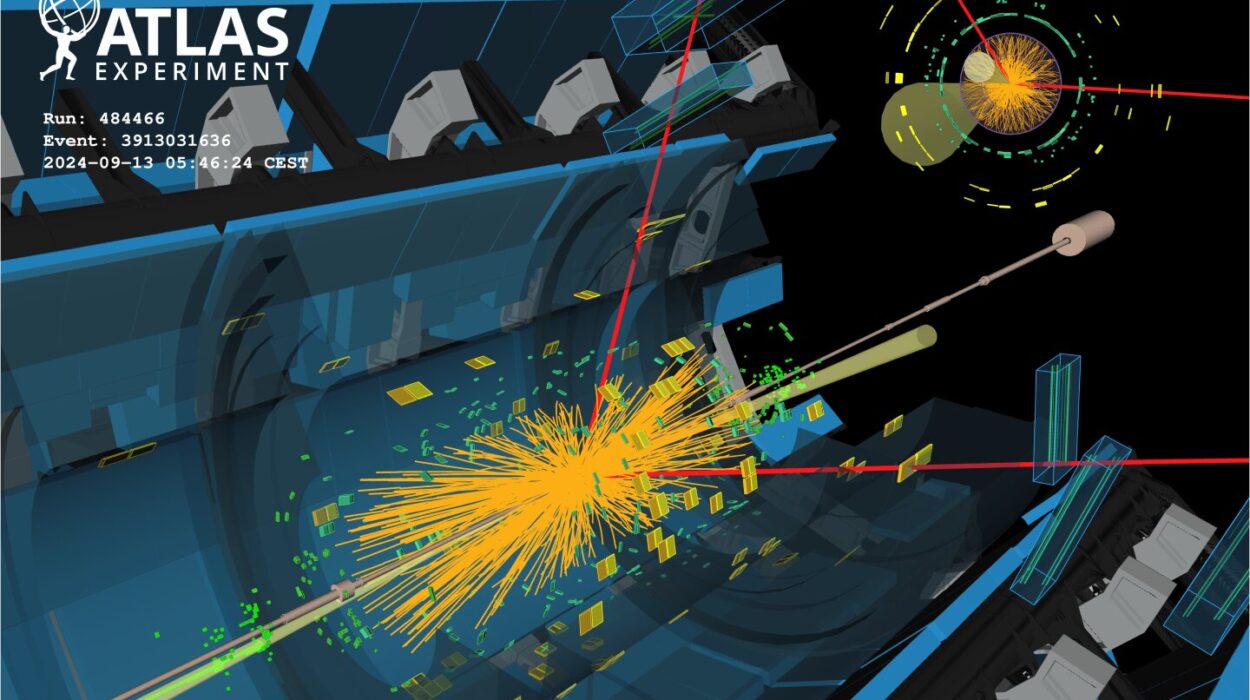For decades, computers have relied on the language of bits — those tiny electronic switches that can be either 0 or 1. But in the strange and counterintuitive world of quantum mechanics, information can be stored in qubits, which can be both 0 and 1 at the same time thanks to a phenomenon known as superposition.
This ability opens the door to solving problems far too complex for even the most powerful supercomputers. However, there’s a catch: qubits are notoriously fragile. Like snowflakes in the sun, their delicate quantum states vanish quickly unless stored in a way that preserves them long enough to be used.
A team of Caltech scientists has now taken a surprising and elegant step toward solving this challenge — by turning quantum electrical signals into sound.
From Superconductors to Sound Waves
Many of today’s experimental quantum computers are based on superconducting circuits, where electrons flow without resistance at temperatures colder than deep space. These superconducting qubits are lightning-fast when performing calculations, but they have a frustrating weakness: they’re not great at storing quantum information.
That’s where quantum memories come in — devices designed to hold quantum states safely until the computer needs them. Caltech’s approach is unusual: instead of storing quantum information in electricity alone, they convert it into vibrations.
Think of it like translating a whisper into the gentle ring of a tuning fork, preserving the sound until you’re ready to listen again.
Phonons: Quantum’s Hidden Sound Particles
The Caltech team, led by graduate students Alkim Bozkurt and Omid Golami under the supervision of Mohammad Mirhosseini, has been exploring the use of phonons — the quantum particles of sound — for this task. Just as photons are particles of light, phonons are particles of vibration.
Their advantage? Phonons can linger longer than electrical signals in certain systems, especially at the gigahertz frequencies used by superconducting qubits. And unlike light, mechanical vibrations don’t radiate away into space, making them naturally better at holding onto their energy.
Building a Quantum Tuning Fork
The researchers built a superconducting qubit directly onto a chip and linked it to a mechanical oscillator — essentially a microscopic tuning fork made of flexible plates. These plates vibrate at gigahertz frequencies, perfectly matching the pace of superconducting qubits.
When a quantum electrical signal is applied, it charges the plates and sets them vibrating, storing the quantum state as sound. Later, the process can be reversed, “reading” the sound and turning it back into electricity.
When they measured the system’s performance, the results were striking: the mechanical oscillator could keep quantum information intact up to 30 times longer than conventional superconducting qubits.
Compact, Quiet, and Scalable
This hybrid approach offers more than just longer storage times. Because sound waves move far slower than light, the devices can be much smaller. And since mechanical vibrations stay confined, they reduce the risk of unwanted energy leakage — a common problem in dense quantum circuits.
In principle, dozens or even hundreds of these microscopic tuning forks could fit onto a single chip, creating a scalable quantum memory system that could work hand-in-hand with powerful superconducting processors.
The Road Ahead
While the results are impressive, Mirhosseini says there’s still work to be done before this technology becomes a practical part of quantum computers. “For this platform to be truly useful, we need to be able to store and retrieve quantum data much faster,” he explains. “That means boosting the interaction between the electrical and acoustic parts of the system by a factor of three to ten.”
The team is already exploring new designs to achieve this goal. If successful, it could mark a major step toward building quantum computers that not only think fast — but remember well.
Why It Matters
The quest for a robust quantum memory is one of the most important challenges in quantum engineering. The ability to hold quantum states steady for longer could unlock a new generation of quantum algorithms, improve error correction, and make large-scale quantum computing far more practical.
And in a poetic twist, the breakthrough may come not from louder, faster, flashier technology — but from the quiet persistence of sound.
More information: Bozkurt, A.B. et al, A mechanical quantum memory for microwave photons, Nature Physics (2025). DOI: 10.1038/s41567-025-02975-w. www.nature.com/articles/s41567-025-02975-w


